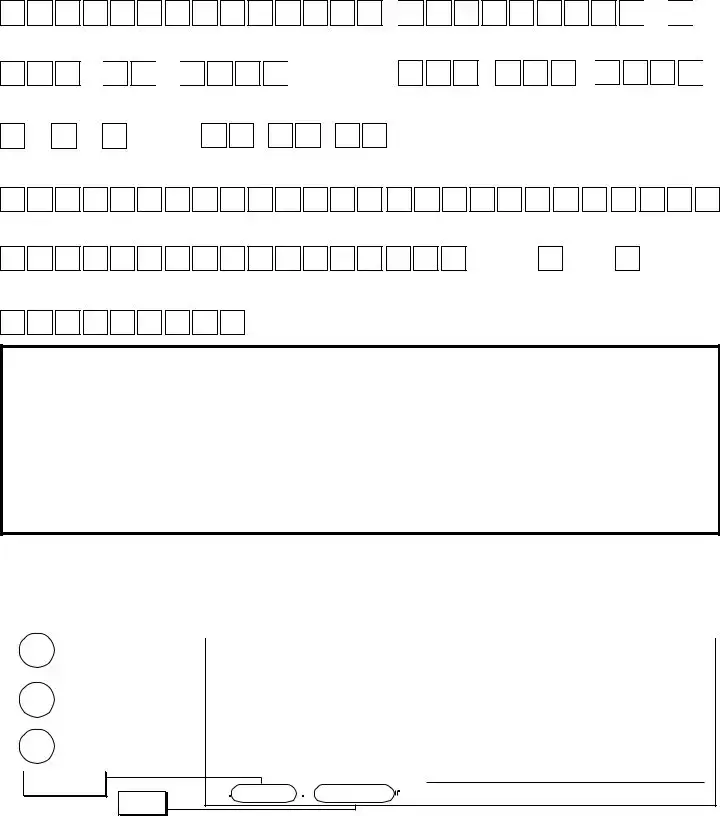The W-4 form is similar to the Generic Direct Deposit form in that both are essential for managing employee compensation. The W-4 form determines the amount of federal income tax withheld from an employee's paycheck. Just as the direct deposit form specifies where funds should be deposited, the W-4 indicates how much should be withheld for taxes. Both forms require accurate information to ensure proper financial management and compliance with regulations.
The I-9 form, used to verify an employee's eligibility to work in the United States, shares similarities with the Generic Direct Deposit form in terms of required personal information. Both documents collect essential details such as name, Social Security number, and other identifying information. Each form plays a critical role in employment processes, ensuring that all necessary documentation is completed for legal and financial purposes.
The ACH Authorization form is another document that aligns closely with the Generic Direct Deposit form. This form authorizes the automatic transfer of funds between bank accounts, often for recurring payments. Like the direct deposit form, it requires specific banking details, such as account and routing numbers, to facilitate the transaction. Both forms streamline financial processes, making it easier for individuals to manage their finances efficiently.
The Payroll Deduction Authorization form is similar in function to the Generic Direct Deposit form, as it allows employees to authorize deductions from their paychecks. These deductions may include contributions to retirement accounts or health insurance premiums. Both documents require signatures and specific account information to ensure that funds are directed appropriately, highlighting the importance of clear communication between employees and employers regarding financial matters.
The Change of Address form is akin to the Generic Direct Deposit form in that both require the submission of updated personal information. When an employee moves, they must inform their employer of their new address to ensure that tax documents and paychecks are sent to the correct location. Just as the direct deposit form must be updated with banking information, the Change of Address form must be filled out accurately to avoid any disruption in communication and financial transactions.
The Beneficiary Designation form is another document that bears similarity to the Generic Direct Deposit form. Both require individuals to provide personal information and make decisions about financial matters. The Beneficiary Designation form allows individuals to specify who will receive their benefits upon their passing. Similar to how the direct deposit form directs funds to a specified account, this form ensures that assets are allocated according to the individual's wishes.
Lastly, the Employment Application form shares characteristics with the Generic Direct Deposit form in that both require detailed personal information. The Employment Application gathers data about an applicant's qualifications and background, while the direct deposit form collects banking details for payroll purposes. Both documents are crucial in the employment process, helping employers make informed decisions and ensuring employees receive their compensation accurately and on time.



 □
□






